Many-Flowered Cotoneaster Shrub Info - Growing Many-Flowered Cotoneasters
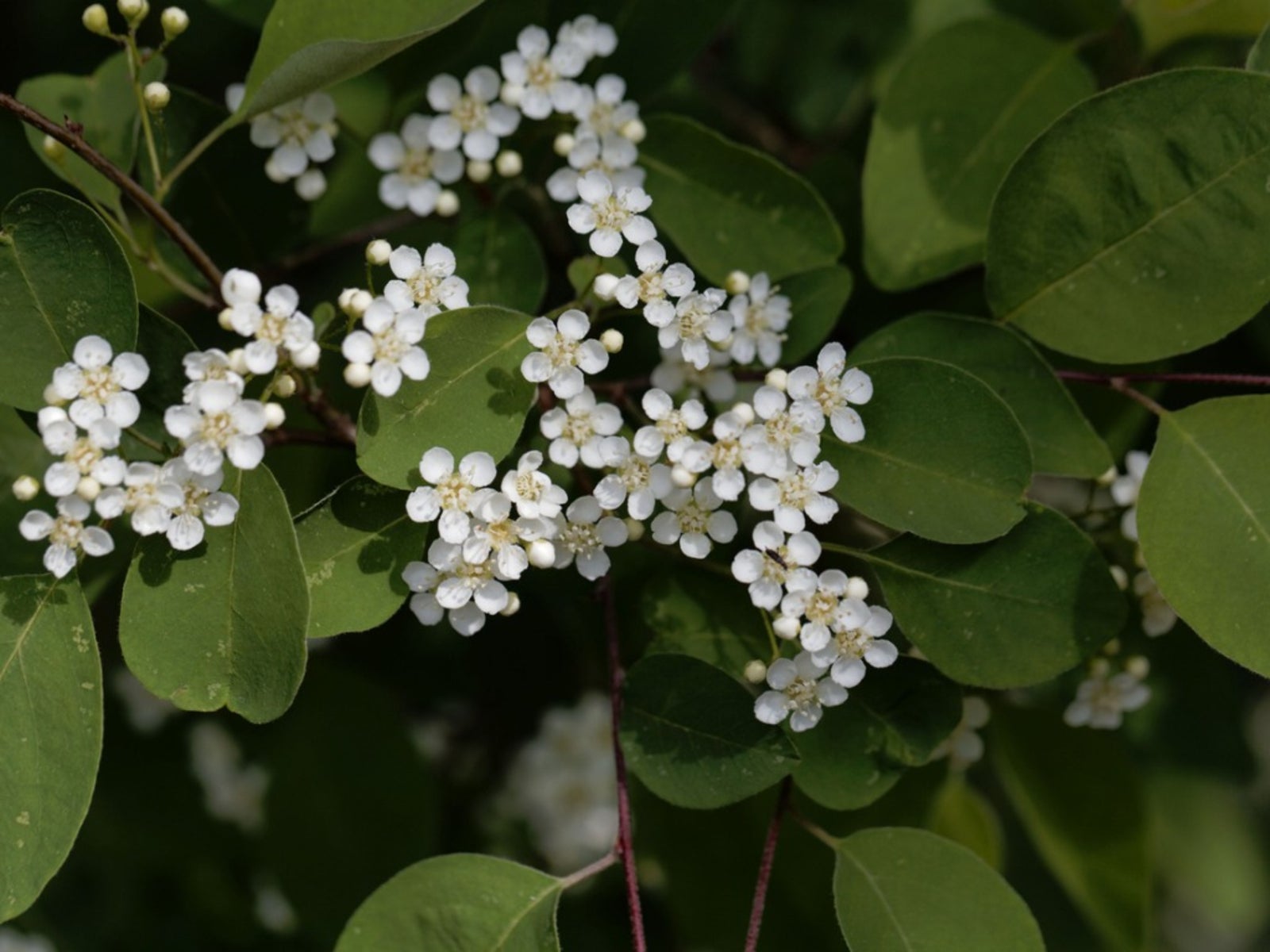

If you’re looking for a sprawling, large shrub with good visual interest all year-long, consider many-flowered cotoneaster. This species of cotoneaster is a shrub that grows quickly and produces interesting foliage, spring flowers, and fall berries.
About Cotoneaster Multiflorus
The many-flowered cotoneaster shrub is just as the name describes. This is a fast-growing shrub that produces abundant clusters of white flowers in spring. Native to China, this cotoneaster is hardy through zone 4 in North America.
The shrub will grow up to 12 or even 15 feet (3.6 to 4.5 m.) tall. Most grow wider than they are tall and have a sprawling, natural sort of appearance. You can trim to shape these shrubs, but the long, drooping branches are attractive when left alone.
In early spring, many-flowered cotoneaster’s weeping branches transform into long sprays of white flower clusters. The flowers are small and white, about a half inch (1.25 cm.) across. The leaves are small and oval, blue-green in color and attractive in fall. In fall, you’ll also get clusters of bright red berries that are just as showy as the spring flowers.
Many-Flowered Cotoneaster Care
When growing many-flowered cotoneaster, find a spot where it will get full sun or partial shade. The soil should be loose and drain well. Watering needs are moderate. Once you get the shrub established, you shouldn’t need to water it unless you have unusual drought conditions.
Many-flowered cotoneaster is a versatile shrub you can use in a lot of different ways. It makes a good hedge, or a focal point or backdrop for perennial and annual flowers. The large size means that it works as a privacy screen. Many-flowered cotoneaster tolerates wind, so you can use it as a windbreak as well.
This is a shrub that is easy to grow, requires little maintenance, and will grow large quickly. Use it to screen and also for visual interest year-round.
Gardening tips, videos, info and more delivered right to your inbox!
Sign up for the Gardening Know How newsletter today and receive a free copy of our e-book "How to Grow Delicious Tomatoes".

Mary Ellen Ellis has been gardening for over 20 years. With degrees in Chemistry and Biology, Mary Ellen's specialties are flowers, native plants, and herbs.
-
 Get Ready For A Summer Of Hummers! Grow These Full Sun Hummingbird Plants and Flowers
Get Ready For A Summer Of Hummers! Grow These Full Sun Hummingbird Plants and FlowersIf you’re lucky enough to enjoy a sunny backyard, make sure you are maxing out on your pollinator opportunities and grow these full sun hummingbird plants and flowers
By Tonya Barnett
-
 12 Lush Alternatives To A Lawn For Sustainable Spaces
12 Lush Alternatives To A Lawn For Sustainable SpacesAlternatives to a lawn are beautiful and also beneficial to your local ecosystem and its pollinators. Explore our top picks for plants to replace grass.
By Tonya Barnett
-
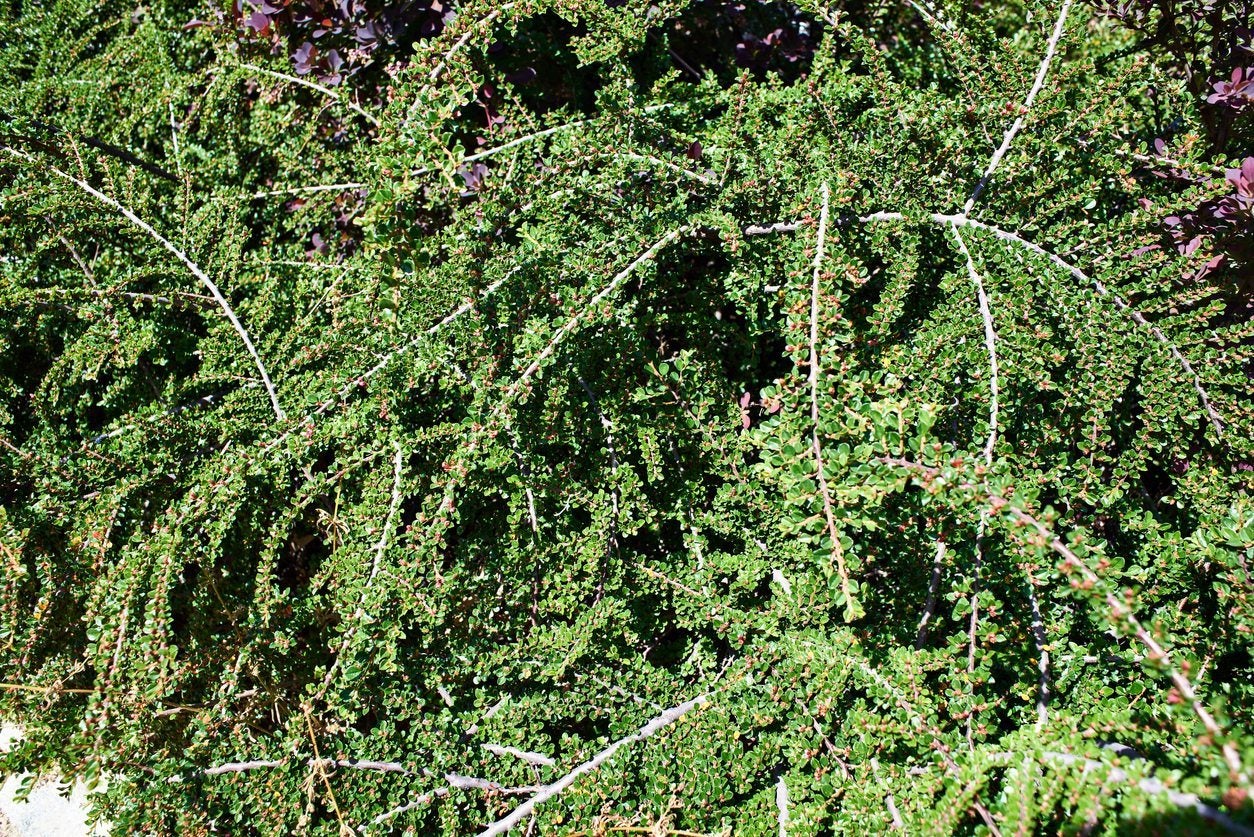 Cotoneaster Pruning Guide – When Should You Trim Cotoneaster Shrubs
Cotoneaster Pruning Guide – When Should You Trim Cotoneaster ShrubsCotoneaster pruning is different depending on the type of plant you have in your backyard, although the goal for all varieties is to follow its natural form. If you want to learn how to prune cotoneaster, you've come to the right place. Click here for tips on cutting back cotoneaster.
By Teo Spengler
-
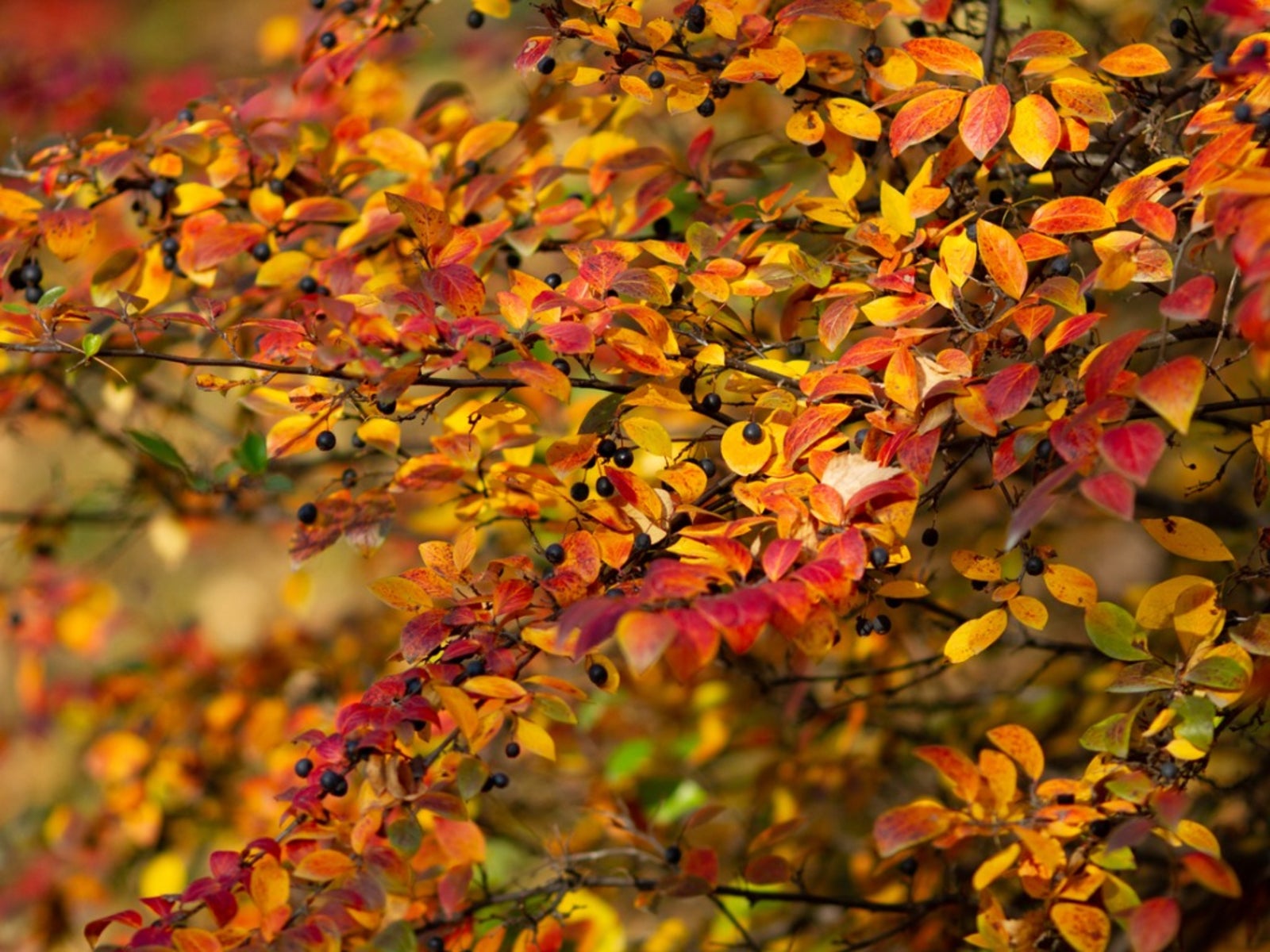 What Is Hedge Cotoneaster: Learn About Hedge Cotoneaster Care
What Is Hedge Cotoneaster: Learn About Hedge Cotoneaster CareWhether you're looking for a low sprawling variety or a taller type for a dense hedge, there is a cotoneaster that will meet your needs. In this article, we will discuss hedge cotoneaster plants. What is hedge cotoneaster? Click here for the answer.
By Darcy Larum
-
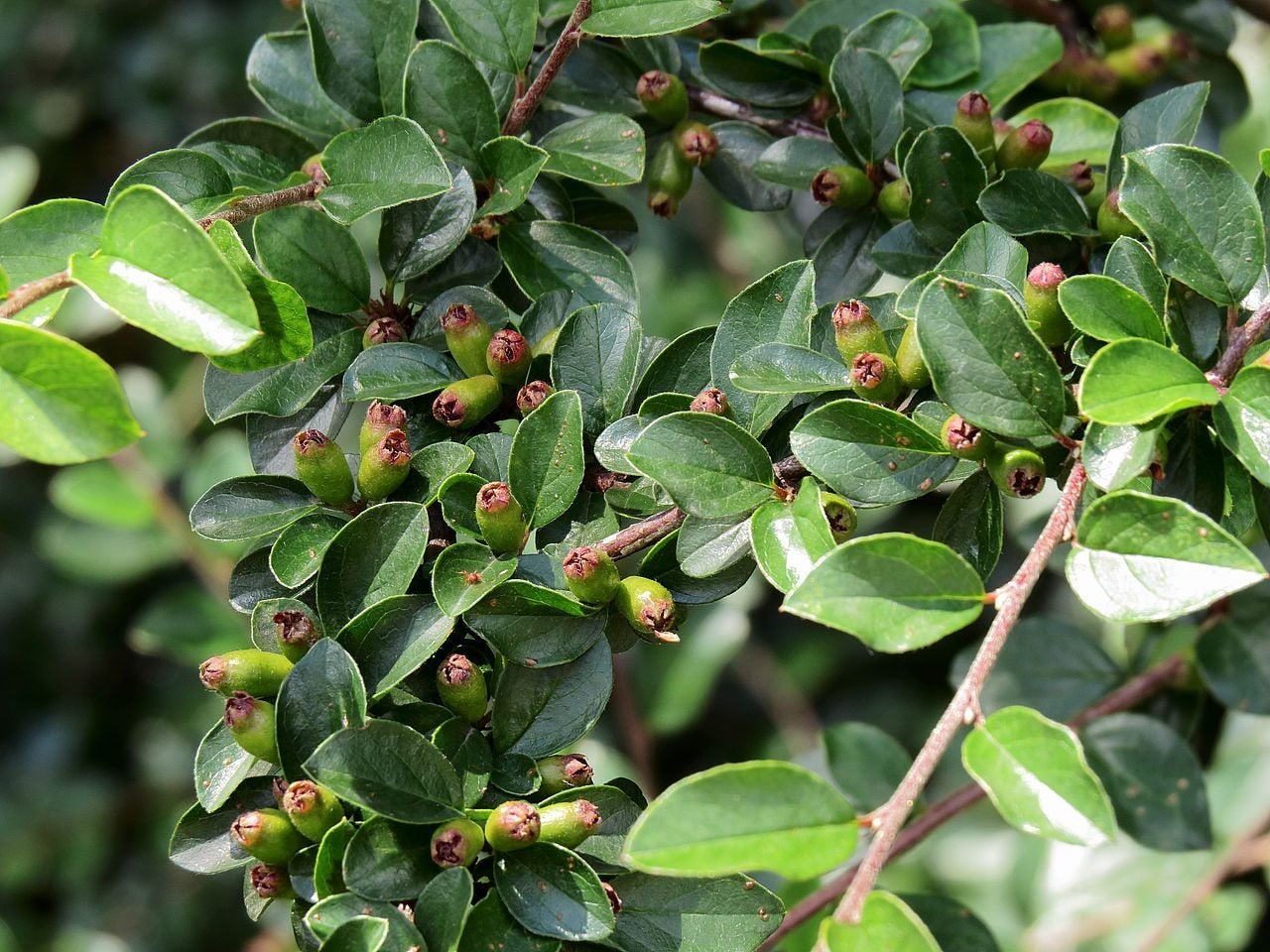 Spreading Cotoneaster Info: How To Grow Spreading Cotoneaster Plants
Spreading Cotoneaster Info: How To Grow Spreading Cotoneaster PlantsThe spreading cotoneaster is an attractive, flowering, medium-sized shrub that is popular as both a hedge and specimen plant. This article has more information about spreading cotoneaster care and tips for growing these shrubs in the garden and landscape.
By Liz Baessler
-
 Cranberry Cotoneaster Facts: Learn How To Grow A Cranberry Cotoneaster
Cranberry Cotoneaster Facts: Learn How To Grow A Cranberry CotoneasterGrowing cranberry cotoneaster brings a low, lovely splash of color to the backyard. They bring with them a spectacular fall fruit display, a gracious plant habit, and clean, bright foliage. These plants make great groundcover but can also serve as short hedges. Learn more here.
By Teo Spengler
-
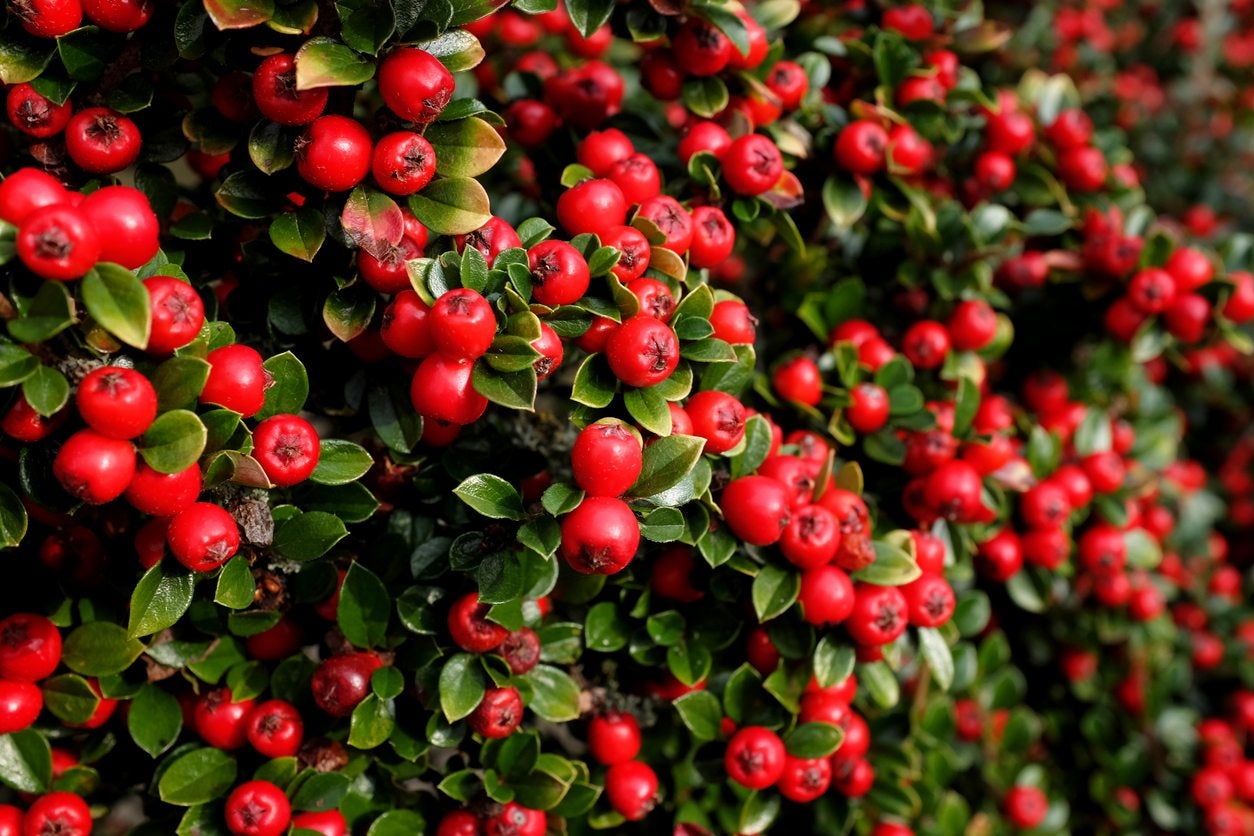 How To Grow Cotoneaster: Caring For Different Types Of Cotoneaster
How To Grow Cotoneaster: Caring For Different Types Of CotoneasterWhether you?re looking for a 6-inch ground cover or a 10-foot hedge plant, cotoneaster has a shrub for you. Growing cotoneaster is a snap, and you can learn more about the plant's care in this article.
By Jackie Carroll